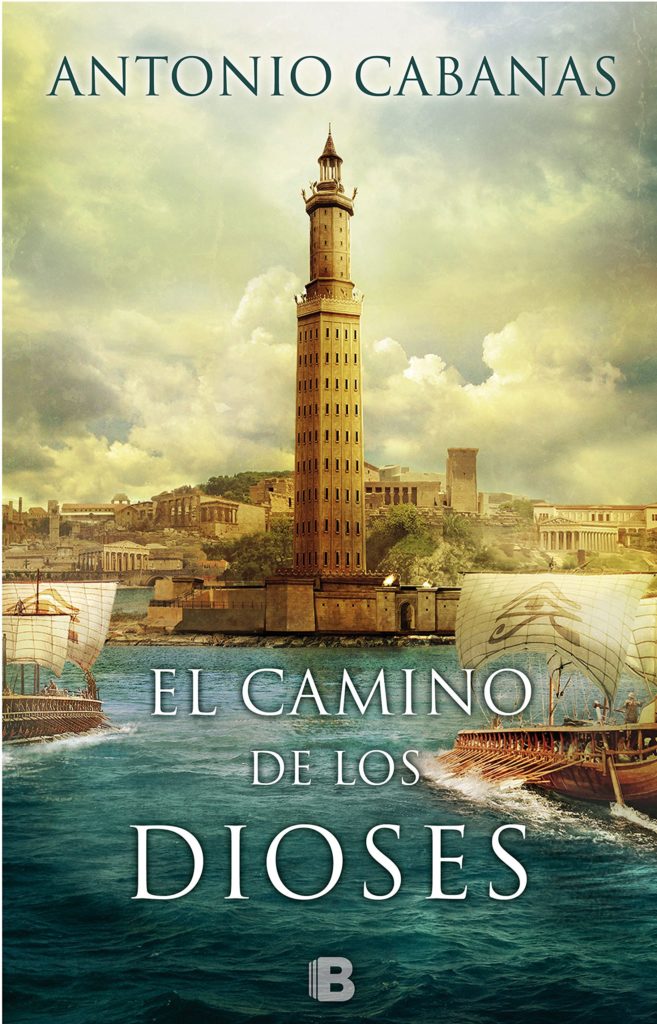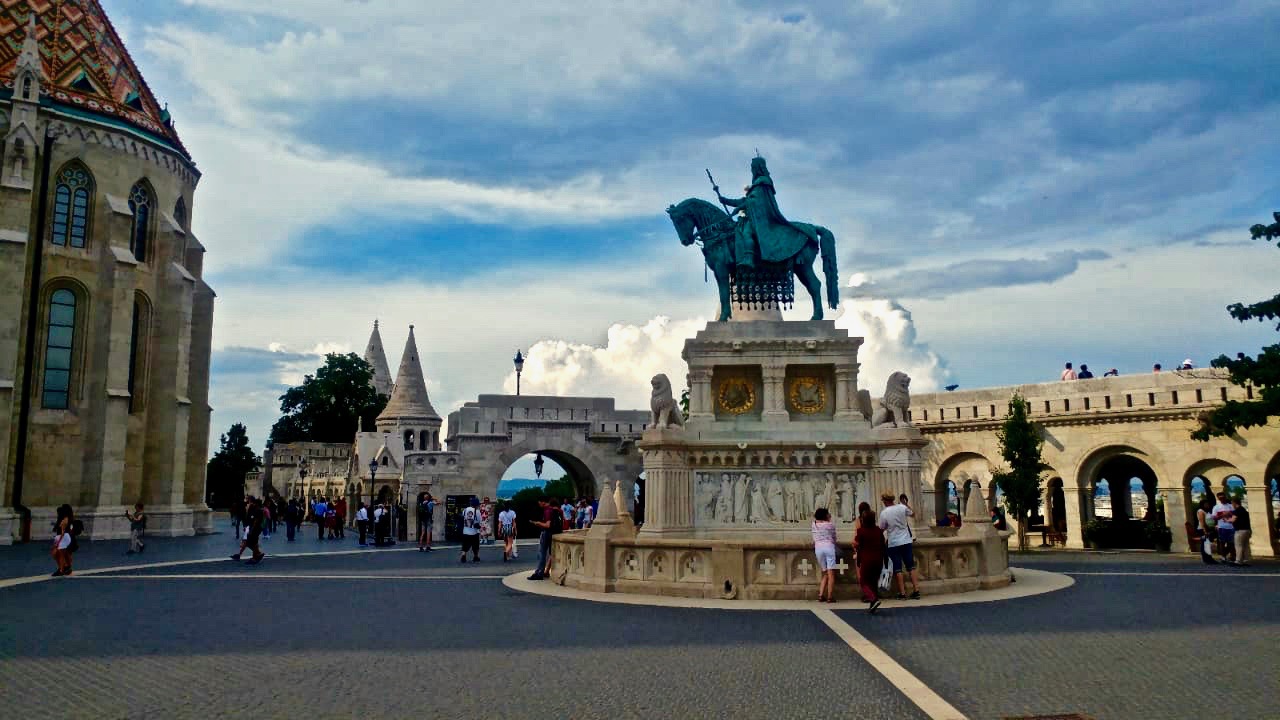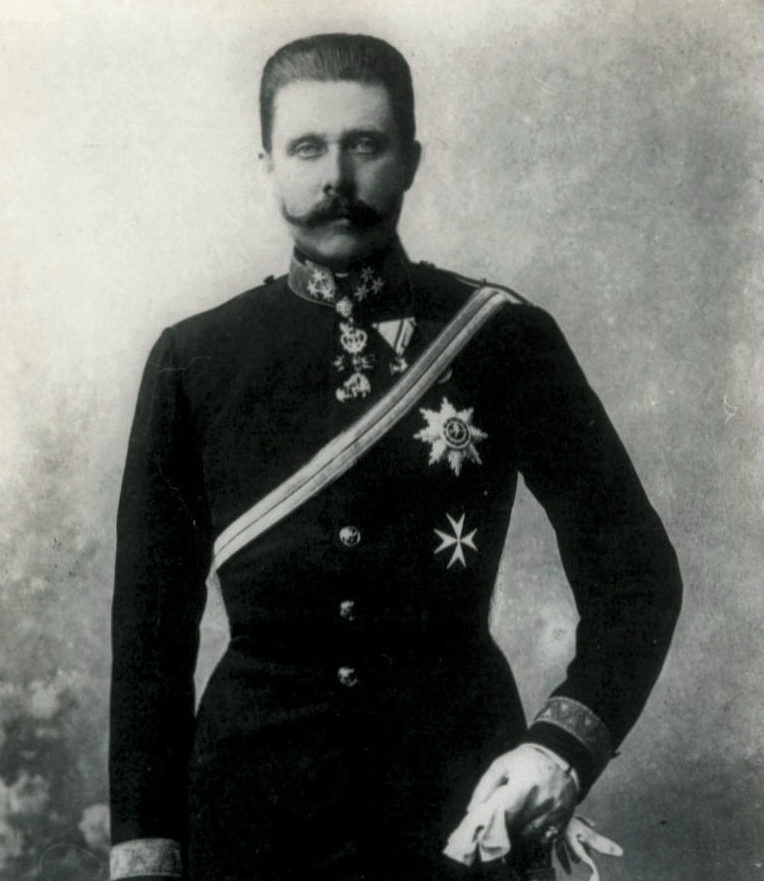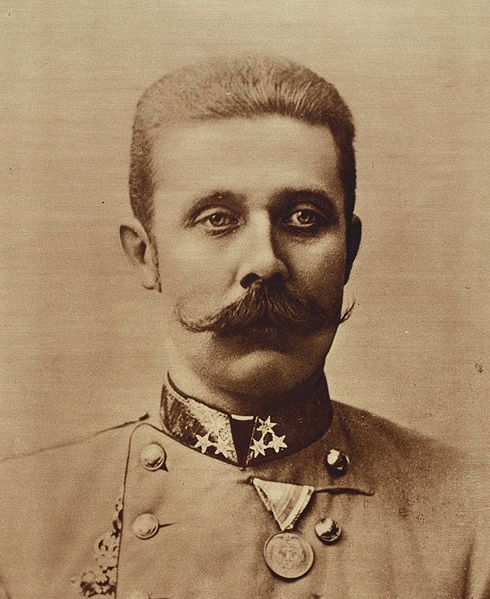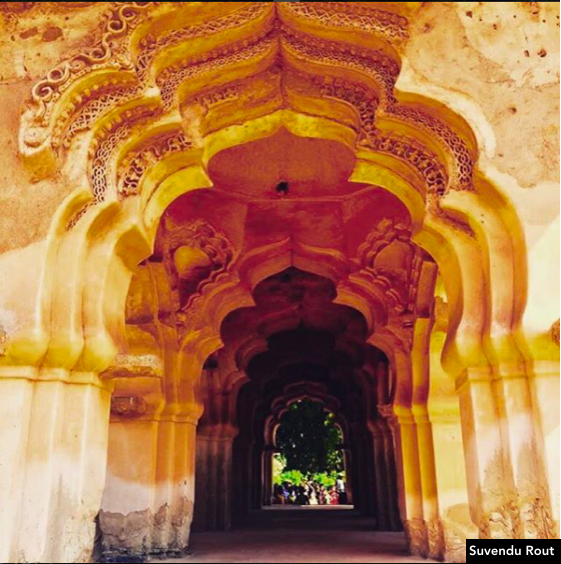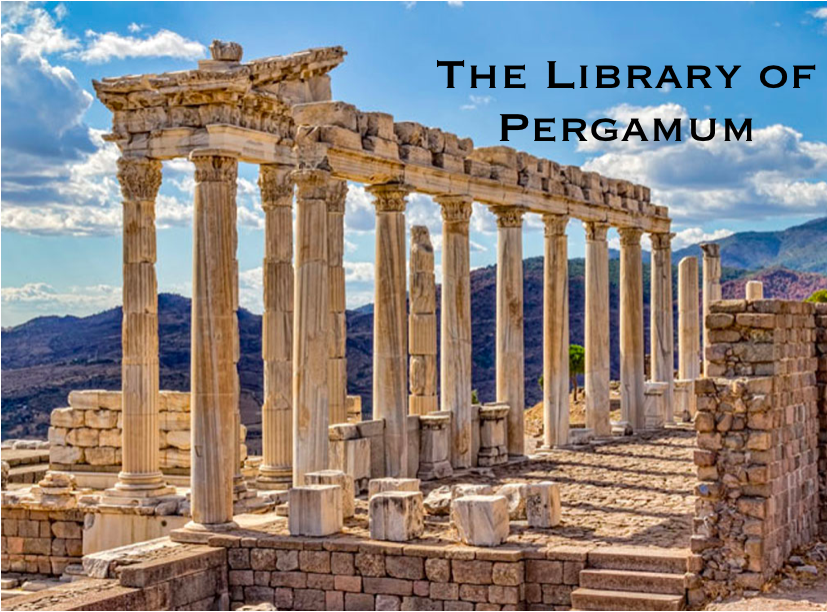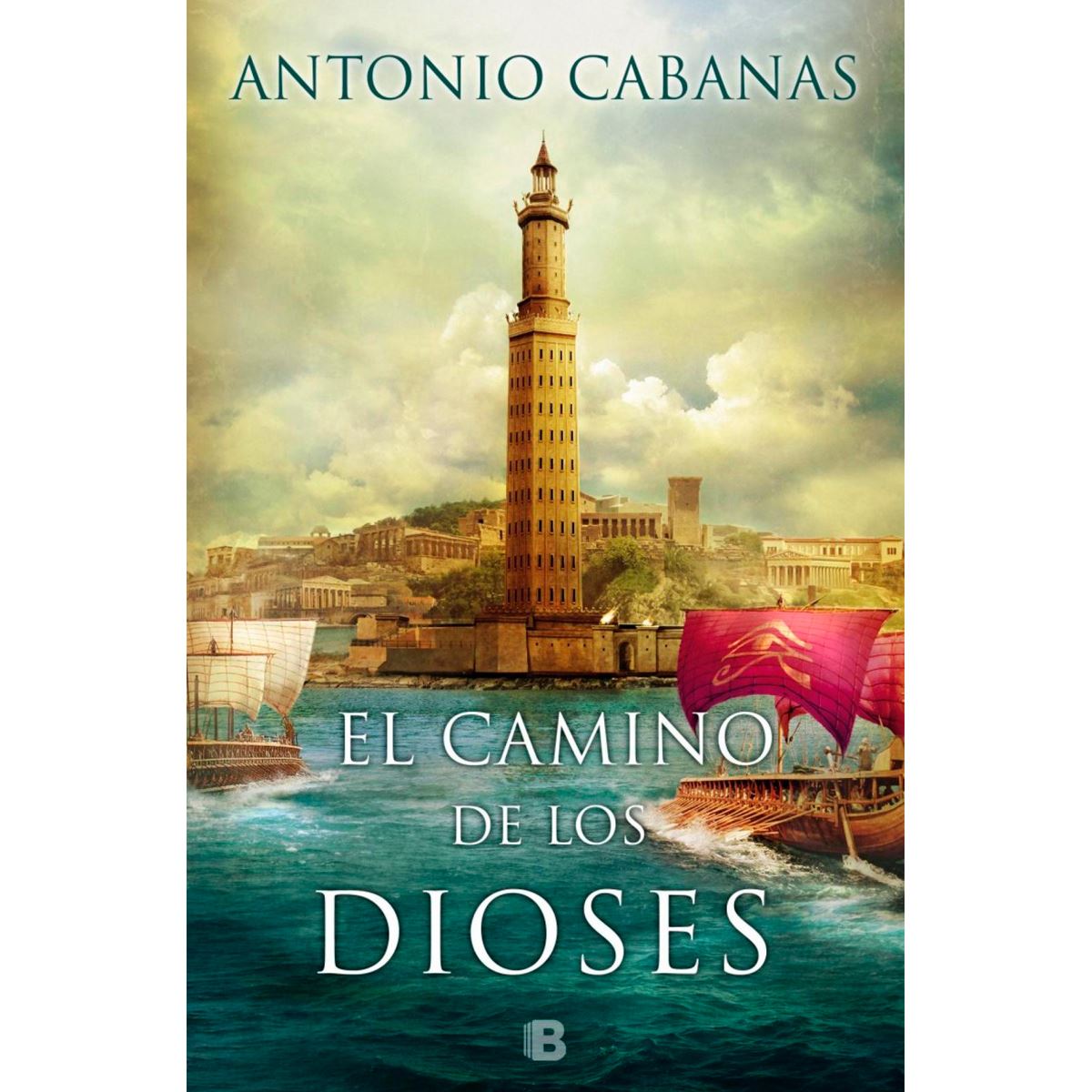
Path of The Gods
The Path of The Gods by Antonio Cabanas
Laura Rodrigues talks about her favourite book and its storyline. The book is based in olden Greece and Egypt and looked to be an interesting read. Here is a review.
Book Review:
With an omniscient narrator in the third person and a simple but very careful language, Antonio Cabanas introduces us with ‘The Path of the Gods’ in the Thebaid, in Alexandria and the Aegean Islands in the 1st century BC.
The main character is Amosis, who begins the story at age 8 years. Amosis was born in Waset (Thebes) in the fifteenth year of the reign of Ptolemy X, into a family of deep-rooted with nationalist sentiments, portrayed by characters such as his father Nectabeno and his brother Sekenenre, who hated everything that had to do with the Greeks. In the first part of the book, his uncle Kamose, brother of Nectabeno, plays a very important role. Kamose little resembles his brother and he has no special attachment for Gods and for his land, which he said has been united by chance. The most important thing for him is the business; he trades wherever there is to win an obols (coin).
In year 88, from Thinis, capital of the eighth “nome” of Upper Egypt, to Waset, the capital of the fourth, secession arises because of the years of oppression and abuses that the Egyptians had to endure at the hand of foreigners who would devour their sacred earth. However, from Alexandria the pharaoh looks with contempt towards the south, towards those people who resist being Hellenized (made Greek).
For Kamose, this event is a disaster, he knows what could bring about this exacerbated nationalism (the book mentioned the destruction of Thebes. Nectabeno dies and Sekenenre mets his brother and uncle but afterwards is abandoned, persecuted by the law and flees to Syria). He therefore asks his brother not to sacrifice those who still have no capacity to decide, referring to Amosis, so he leaves with him, to Coptos, the capital of the fifth “nome” of Upper Egypt. There Kamose introduces his nephew to Filitas, an Egyptian with a Greek name (something frequent in the Hellenized lands, in this way the Egyptian people could prosper). Filitas besides teaching Greek to the boy gives him a Greek name, Zenódoto. The story continues between cities and dusty roads, Amosis grows up and becomes an adult while Kamose turns into an old man. In between this part, the writer introduces Abdú, a Yoruba slave who becomes a fundamental part of the family, especially for Amosis. The cunning Amosis and his uncle earn a good fortune with which they retired to Madu.
From this part Amosis appears to us as an adult nonconformist, ambitious, who dreams to trade by the waters of the Nile in a barge and to reach the ports of Alexandria. Among his trades, two stand out, one with Leví, a Jew dealer and one with Aristeas, an Egyptian whose name was Neferyu. Her daughter Apolonia (also known as Mut), was in love with Amosis but her parents have other plans for her regarding the noble family’s great fortune, so they forbid her to see the boy. So much was the love that they plan to flee together but that same night some mercenaries, under Aristeas’s command, prevent their daughter from leaving, kill Kamose and try to kill Amosis, but Abdú saves him life.
Amosis changes completely because of this event; nevertheless he meets other two women, Euterpe and Circe, both very different from Mut. Amosis soon releases Abdú from his slavery to go to Naucratis where he continues his business with Leví, which finally takes him to the ports of Alexandria and later to the Aegean, especially to the islands of Chios. Amosis changes his name to that of Alcinous, leaving behind his own and the other one that Filitas gave him, due in part to what happened that night in which he tried to flee with his beloved, a fact that made him want to forget Egypt, his own earth, and therefore the names that he had used in it. There are many secondary characters that mark the life of Amosis and make the story much more interesting but here stands the bookseller and copyist Theophrastus, whom Amosis meets in Alexandria, when he settles in a building with three floors. Theophrastus turns out to be his neighbour.
At the same time that Amosis makes his way in the Aegean, getting good deals (in fact in the book it is said that he came to control great part of the silk market that came from the East), the powerful and emerging Rome makes way into the Mediterranean, and the writer indicates this when he narrates how Amosis and Abdú arrive at Ephesus in 56 AD, and finds that the capital of the province of Asia is a Roman city with its legislation, its interests, and its currency, a well of ambitions for the Roman Empire. There, Amosis (already called Alcinous), is invited to the house of the governor Cayo Septimio, who manages to convince the boy to be partners in a business that would take Amosis back home, to the old Waset, after so many years. The book finishes with this phrase “Finally Alcinous had found his Ithaca. Now he was at home”. (This latter mention is due to the fact that Filitas gives Amosis, when he was still a child, some papyrus with the “Odyssey”. Since then Amosis grew in love with Odysseus and his adventures, hence all the ambition of the little boy to go beyond the Egypt and the Nile itself. Undoubtedly it marks his trajectory).
It really is a gripping read that engages the reader from the first page. It is one of the best books I have ever read.
——————————–
This is a special guest blog written by Laura Lankmann Rodríguez Dias. Laura runs an Instagram Page about art and history. Her posts are very interesting. She also writes about historical sites. Give her a follow here.






